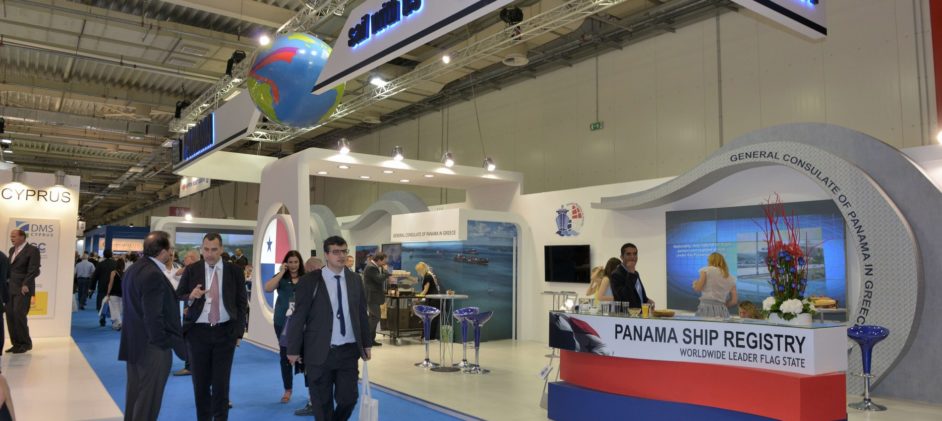Jennifer and Erlan have challenged the utility of standard FD&D policies from a number of perspectives including (i) the enormous scope of the insurers’ discretion as to whether or not to cover a claim for legal fees; (ii) the limited incentives to cover in a number of circumstances; (iii) the insurers’ virtually unlimited control over the conduct of legal disputes which they choose to cover; (iv) the incentives of the lawyers who tend to treat insurers (and not the assured) as their clients; and (v) the amount which some of the insurers charge in deductibles.
The headline of the speech was that the assured seek FD&D insurance because they want to limit the uncertainty in relation to the amount of the legal fees that they may incur. The standard policies discussed by Jennifer and Erlan do not achieve this objective. If the insurers’ discretion as to whether or not to cover legal fees is virtually unlimited, then this type of insurance does not remove much of the uncertainty. The combination of control and discretion given to insurers under these policies, in fact, results in much more unpredictability, and could quite possibly even prevent meritorious claims from ever being pursued. It is furthermore unhelpful to reduce the uncertainty as to the amount of the legal fees, at the expense of the quality of the lawyers one hires and/or the lawyers’ incentive to win. Nor is it helpful that, in some circumstances, even if the insurer chooses to cover a claim for legal fees, the assured still has to pay 33% of the fees from its own pocket.
In the context of these issues with FD&D insurance, innovative firms like Fortior seek to fill in the demand for more certainty in relation to legal fees, without depriving the clients of control and without sacrificing the quality of services provided. Some of the ways in which we do so are:
- Unlike most of the large firms, we do not have annual billing targets for associates. Annual billing targets, especially when they are as high as 2100 hours a year, cause associates to record time even if that time is not useful to the client. You can have an associate taking a coffee break at an hourly rate of US$400 charged to the client. This leads to disproportionate bills. Our clients can be confident that this does not happen at Fortior.
- A common, although not so innovative way to control legal fees, is to conclude monthly retainers with a law firm. The client pays a fixed monthly fee and uses the firm as much as it needs to, subject to a cap in the number of lawyers involved and hours worked. Because this arrangement gives more certainty to the law firm as to its monthly income, normally law firms are ready to reduce the overall per-hour charge. This means cheaper and capped fee service for the client and predictable income for the law firm.
- We offer fixed fees for transactional advice and preparation of contracts. We are generally less open to fixed fees in the context of dispute resolution. As a matter proceeds, new facts often come to light and might inevitably affect how much time and work we have to spend on a matter. However, we also understand that clients want to have at least some control over costs, and we are therefore very much open to a hybrid solution. We offer fixed fees for stages of an arbitration, each stage being agreed as the case proceeds and new elements come to light. We are also happy to do hearings for fixed fees.
- Another model is contingent or success fees, meaning that a lawyer is remunerated if he wins a case. Commercial lawyers tend not to do pure success or contingency fees, because oftentimes in the course of a dispute, new facts come to light which may change a lawyer’s view of the matter entirely. However, what we do occasionally is hybrid success fees. For example, we can work on the basis of reduced hourly rates to the extent sufficient to cover our overheads/costs. In such scenarios, if we do not win, we do not make any profit. But if we do win, we charge you double or triple of our normal profit – but in such cases, you have recovered on your claim and possibly also your legal fees from your opponents in the litigation so that you have additional funds from which to cover our fees. This gives us a very good incentive to win. And if you lose, this gives you a good discount on our services.
- A very innovative model is retrospective fees based on value. Here, the exact amount of the fee is typically unknown either to the client or the lawyers prior to the conclusion of the matter. Instead, lawyers and clients agree on a set of factors which determine the value, and possibly a minimum and a maximum fee. This normally works where the value factors have price tags attached to them.
- All of the above can be combined so that, for example, you have a flat fee plus a discounted hourly rate, a flat fee for each stage of a process and then a success fee in the end, a value-factor based approach for things which the lawyers are obliged to do and a success fee if the things which the lawyers do actually result in a recovery.
- With long-term and trusted clients, one of the possible approaches is to agree to hourly rates in advance and then let the client decide how much the service is worth, by reference to the number of hours which they consider that were reasonable for the law firm to spend. After all, a lawyer-client relationship only works if both parties receive sufficient value from it. A law firm will not keep working if it makes no profit. A client will not keep paying if it considers that it is being overcharged. Where a client and a law firm share a strong and long-lasting relationship, they both tend to understand this, which makes it easy for everyone to agree on appropriate fees.
The conclusion is that the main problem clients face with large law firms is that their fees are often unpredictable and clients are often overcharged. Large law firms need to feed their large and self-serving bureaucratic machineries, and pass costs to their clients. The goal of FD&D insurance is to solve this problem. Yet standard FD&D policies do not do so, due to the degree of discretion they give to insurers. Fortior’s solution to this problem is to (i) increase efficiencies by cutting bureaucratic red tape and ensuring that clients do not pay for associate time which they do not need; (ii) pass on the resulting costs savings to clients; (iii) implement flexible billing models which give clients maximum certainty as to the amount legal fees, consistent with our ongoing profitability.
If you would like to know more about our billing models or require legal assistance, please get in touch with your usual contact at Fortior, or email [email protected].




